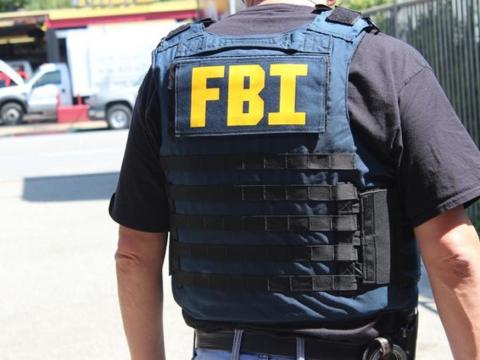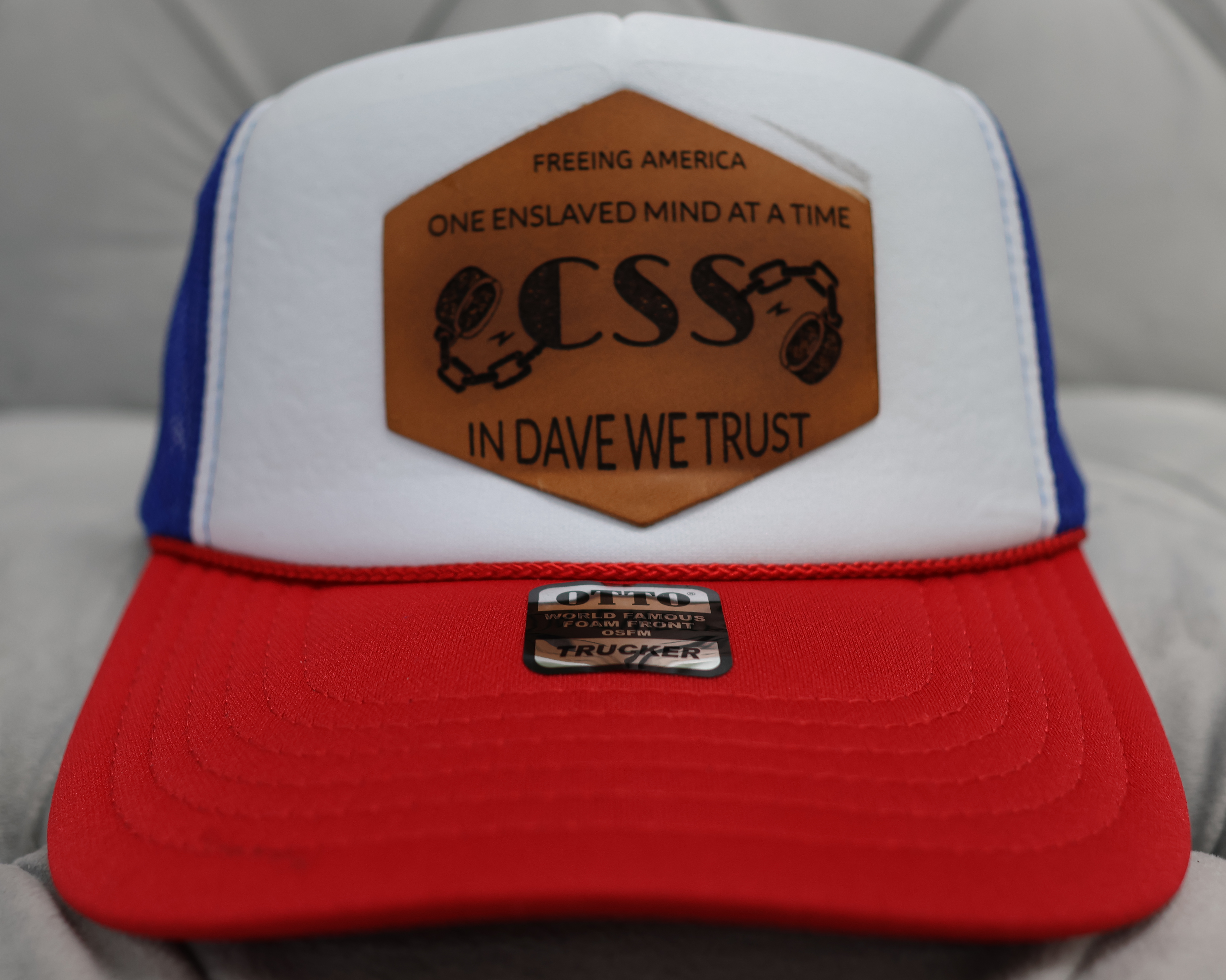How Social Networks Became a 'Subsidiary' of the FBI and CIA

by Jonathan Cook
The US Congress last tried to grapple with what the country's ballooning security services were up to nearly half a century ago.
In 1975, the Church Committee managed to take a fleeting, if far from complete, snapshot of the netherworld in which agencies such as the Central Intelligence Agency (CIA), Federal Bureau of Investigations (FBI) and National Security Agency (NSA) operate.
In the aftermath of the Watergate scandal, the congressional committee and other related investigations found that the country's intelligence services had sweeping surveillance powers and were involved in a raft of illegal or unconstitutional acts.
They were covertly subverting and assassinating foreign leaders. They had co-opted hundreds of journalists and many media outlets around the world to promote false narratives. They spied on and infiltrated political and civil rights groups. And they manipulated the public discourse to protect and expand their powers.
Senator Frank Church himself warned that the might of the intelligence community could at any moment "be turned around on the American people, and no American would have any privacy left, such is the capability to monitor everything… There would be no place to hide."
Since then, the technological possibilities to invade privacy have dramatically increased, and the reach of the intelligence agencies, especially after 9/11, has moved on in ways Church could never have foreseen.



























